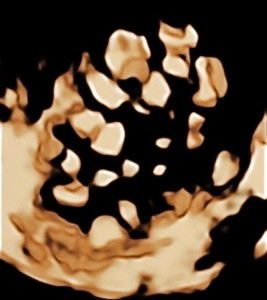 Subfertility
Subfertility
It is not unusual for a couple to take up to a year to conceive naturally, however after this time some baseline investigations to make sure that there is no underlying problem may be advised. There may be some fairly strong indicators to the source of the difficulty. For example very irregular periods are often associated with a failure to ovulate every cycle, whilst a previous history of surgery for appendicitis may predispose to tubal pathology. For many the reassurance that there is nothing significantly wrong is all that is required.
An ultrasound scan is an extremely helpful initial step in the investigation of subfertility. Performed at the appropriate time of the cycle it can check for abnormalities of the uterus, ovaries and fallopian tubes as well as comment on the function of the ovaries and endometrium (womb lining). Swabs can be taken to check for previous infection at the time of a scan and any blood tests organised to check for ovulation. In this way many of the causes of subfertility can be diagnosed or excluded in one visit.
In some women a failure to ovulate regularly is the source of the problem. In such cases the ovaries may respond to relatively simple tablet treatment in the form of clomid. In any circumstance when drugs are used to stimulate the ovary an ultrasound scan should be performed to make to that the ovary is not over stimulated in order to avoid the risk of multiple pregnancy. In general such scans are organised on about day 12 of the cycle and not more than two large follicles should be seen. In the event that more complex fertility teatment is required we can arrange this with appropriate specialists in this field.
